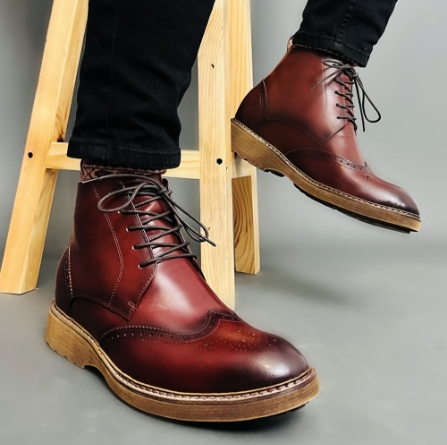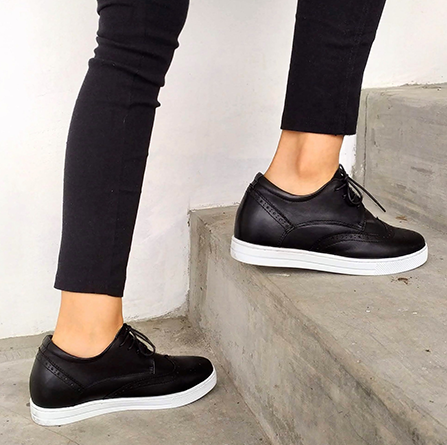From Papyrus to Sneakers: A Journey Through the Evolution of Footwear
Join us as we delve deeper into the rich history and how shoes evolved, from old papyrus sandals to our modern sneakers. Let us enjoy the stories that the soles of our shoes have to tell. Uncover the facts behind the iconic face of footwear fashion with us!
Origins of Footwear
Imagine the Egyptians with their popularity for fashion even in centuries past, they used sandals from papyrus leaves and palm fiber.

It was the Romans who introduced leather shoes called calceus; these shoes had crossed straps or laces and were worn by the upper class. In Asia, there were many unique designs, and distinctive examples are Japan’s geta (wooden sandals), and India’s Jutti slippers.
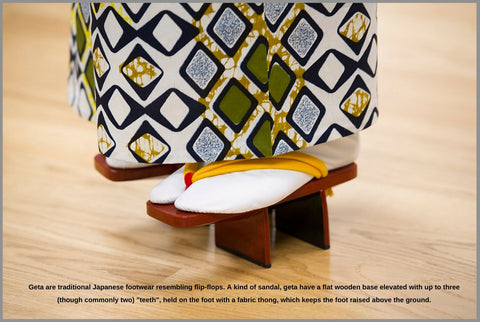
Tapestry was showcased in the Middle Ages. From opulent velvet shoes enjoyed by the elite to simple wooden and leather clogs for the commoners. There was the industrial revolution that called for mass production; this marked the rise of rubber-soled shoes and put a mark to the start of revolutionising athletic footwear.
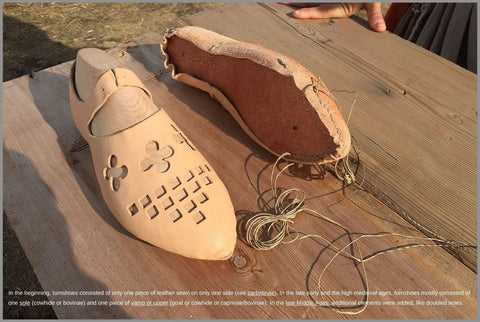
Today, shoes protect our feet and also help us make powerful fashion statements, reflecting our individuality and unique style.
Shoe Size Matters
Don’t you wonder at some point why there is no universal shoe sizing system? Life could have been easier! You can blame history for that. Different cultures have developed different measuring techniques and sizing methods based on each culture’s unique traditions. This leads to diverse standard sizing nowadays.
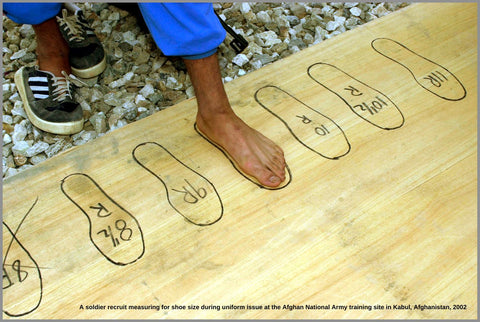
The different units of measurement add to the confusion of getting the right size. Even shoe types have their own sizing conventions as fit and comfort differ.
Manufacturers tried to overcome this challenge and came up with the use of a grading system instead that is based on length, width, and other dimensions. However, since feet come in various shapes and sizes, trial and error is inevitable.
As you may know, size differs depending on the manufacturer and style of the shoes. Measuring your feet properly or trying on the shoes are the most reliable methods.
Roman Influence
For the Romans, wearing a calceus where their legs are embraced with leather straps makes it a versatile wear and is also a display of wealth. As for the Roman soldiers, caligae sandals with thick soles and iron hobnails for durability help them in their conquests.
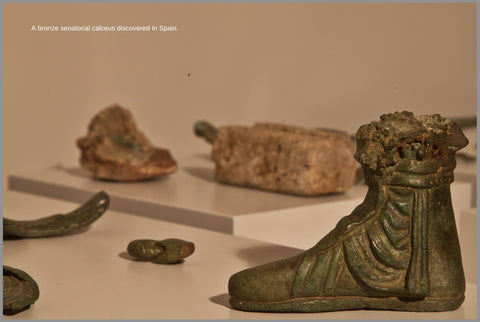
As elegant as history proved Romans to be, they favored luxurious materials like soft leather, silk, and animal skins. The exciting part is learning that Roman women wore high heels called coturnus to add height and flaunt their love for fashion.
Roman styles are elegant enough to thrive through times, influencing the designs of today such as strappy sandals and yes, high heels!
Asian Innovations
Explore the rich tapestry of Asian footwear innovations. Japan’s geta elevated feet above muddy surfaces, while India’s jutti added elegance to traditional attire. China’s lotus shoe symbolised femininity and social status.
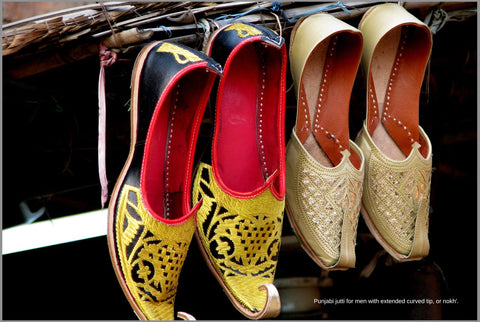
Across Southeast Asia, rattan shoes offered comfort and durability in tropical climates, while South Korea’s gomusin added grace to traditional dresses. Unique styles like Thailand’s Nang Suea Meuan shoes and Indonesia’s batik slippers reflect local artistry and heritage.
Asian-inspired footwear continues to captivate and inspire the global fashion scene.
Medieval Period
Travel back to the enchanting Middle Ages, where shoes reflected social status and occupation. Nobles flaunted luxurious velvet and silk shoes, while common folk wore practical leather shoes and sturdy clogs.

Symbolism played a role in footwear, with saints depicted wearing distinctive shoes in religious art. Fashion trends evolved, and the medieval period saw the emergence of poulaine shoes with long, pointed tips.
Industrial Revolution
Witness the remarkable transformation of footwear during the Industrial Revolution. Machines and steam power revolutionised shoe manufacturing, making them more affordable and accessible.
The sewing machine automated stitching, while the Goodyear welt construction method provided durability. Rubber soles and standardised sizing systems emerged, paving the way for athletic footwear and fashionable designs.
The Industrial Revolution democratised access to shoes and shaped the modern footwear industry.
Sneaker Culture
The rise of sneaker culture has taken the world by storm. What was once primarily athletic footwear has evolved into a symbol of fashion, status, and self-expression.
Sneakers, also known as trainers or kicks, gained popularity in the mid-20th century. Athletes and celebrities sporting sneakers in movies and music videos further fueled their appeal.
Collecting sneakers became a passion for many enthusiasts, with limited edition releases and collaborations generating intense hype and high resale values. Sneakerheads meticulously care for their prized shoes, keeping them in pristine condition.
The sneaker culture has transcended athletic use, with sneakers becoming a staple in casual and streetwear fashion. Today, sneaker collaborations with fashion designers, artists, and celebrities have become common, pushing the boundaries of design and creativity.
High Heels and Power
For centuries, high heels have held a special place in the world of fashion, symbolising power, status, and femininity. Worn by both men and women throughout history, high heels have undergone various transformations.
In the 16th century, Persian-inspired heels known as chopines were popular among European nobility, providing extra height and protection from dirty streets. As heels grew higher and more extravagant, they became synonymous with wealth and privilege.
During the Baroque era, French King Louis XIV popularised red-heeled shoes as a symbol of aristocracy. High heels also became a fashion statement for men, representing masculinity and social standing.
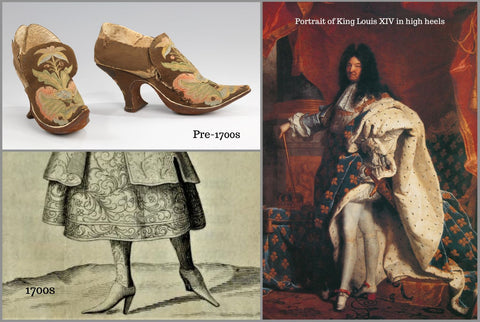
In the modern era, high heels are predominantly associated with women’s fashion. They are worn in professional settings, formal events, and as a confidence-boosting accessory. However, the comfort versus style debate continues, highlighting the complexities of this iconic footwear.
Athletic Footwear Innovations
Athletic footwear has come a long way, with constant innovation to enhance performance, comfort, and injury prevention. Cutting-edge technologies have revolutionised the way we engage in sports and exercise.
Sports brands invest heavily in research and development to create specialised shoes for various activities. Running shoes incorporate cushioning, stability features, and lightweight materials to optimise performance and reduce impact on joints.
Basketball shoes prioritise ankle support and traction for quick movements on the court. Soccer cleats offer grip and control on different playing surfaces, while hiking boots provide stability and protection for outdoor adventures.
The development of breathable and moisture-wicking materials has also improved comfort and foot health for athletes. Advancements in sole technology, such as air cushioning and energy return systems, have further enhanced performance.

We hope you’ve enjoyed this exploration of the fascinating world of footwear, from its ancient origins to modern-day styles. Shoes are more than mere accessories; they are a statement of individuality and personal expression. If you’re looking to enhance your ensemble, consider exploring the wide range of shoe options available. From sleek and sophisticated designs to innovative and stylish choices, there’s a shoe out there that can elevate your entire look. So why not step into a new level of confidence and discover the perfect pair that adds that subtle boost you desire? Embrace the journey of finding the perfect shoes that effortlessly enhance your style and leave a lasting impression. Happy shoe hunting!

